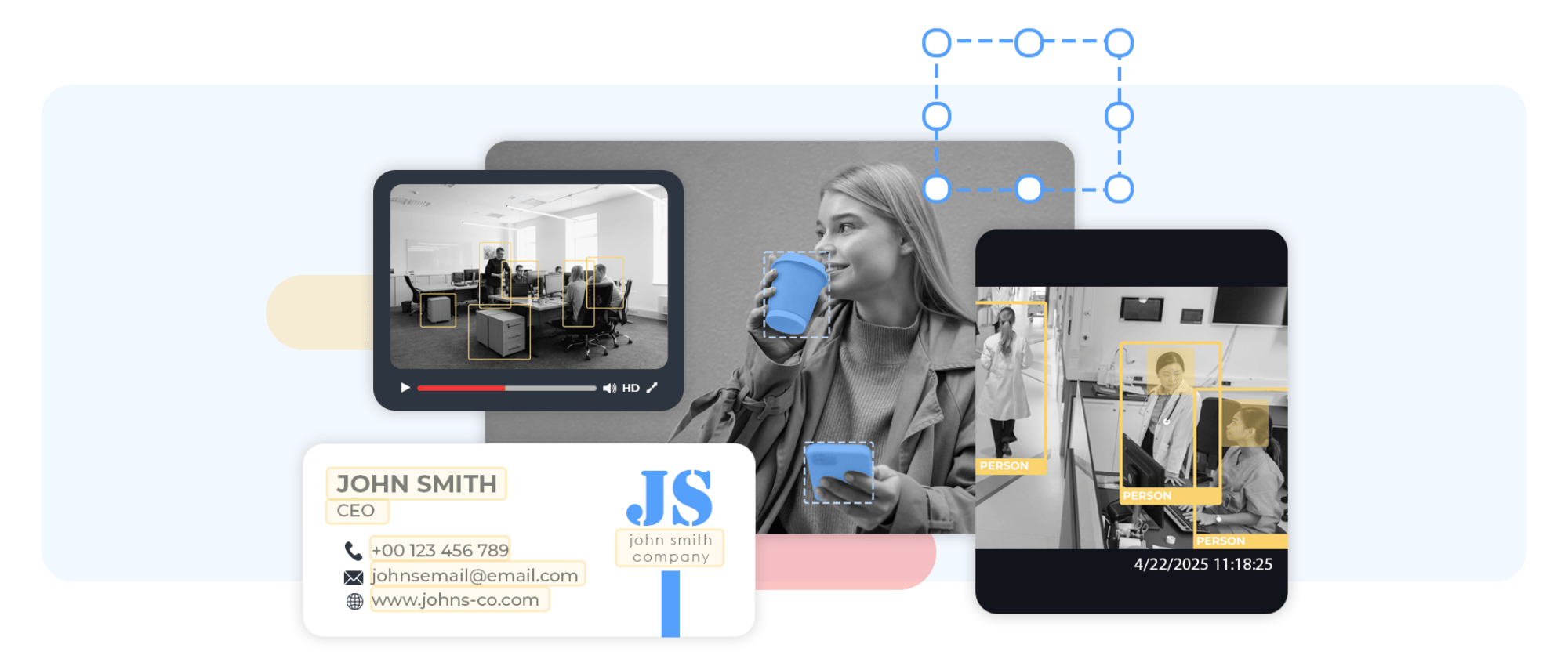A crash course in the 7 acronyms that matter most to your call center.
Managing a call center, and doing it well, can be one of the most challenging operational feats in any business. Your facility is responsible for calming frazzled customers, providing solutions to problems, and presenting a professional image of your brand to the rest of the world – oh, and you’re also supposed to drive business results.
Since so much weight is placed on you, one of the best ways to improve customer service and your company’s growth is by investing in your call center. Here are some focal points to zero in on, along with call center tips for each, so you can make the most of this important part of your business.
Learning Management System (LMS)
Before your agents ever answer their first phone call for your company, they’re onboarded and trained. Most call centers use an LMS in order to handle much of these processes, and this is often the time when mistakes are unintentionally made. If your LMS doesn’t properly train, equip and inspire your new team members, you’re going to lose their enthusiasm and engagement before they really begin. And this always trickles over into their customer interactions.
First Call Resolution (FCR)
You’d be hard-pressed to find someone in the call center world who wasn’t familiar with the term first call resolution, but that doesn’t mean all facilities hold themselves to this standard. This is not only something to strive toward, but it’s also a measurement you should track. When a customer calls, your agents should know how to resolve their issue within this very first call. The greater your FCR percentage, the more time and money your facility will save in the long run.
Net Promoter Score (NPS)
At Conectys, we’re big fans of the NPS system. It’s extremely easy for customers to engage with (they simply answer a single question), making it a feedback system with a very high rate of return. It also helps you to quickly identify the customers who love you (and might provide a great review, testimonial, or case study) or is about to leave you (and need some attention – fast – to be saved).
Customer Satisfaction (CSAT)
CSAT is another great feedback mechanism, but for different reasons than NPS. CSAT allows for more flexibility in responses given. The level of insight you can get from CSAT scores is usually very in-depth and useful; but since it can be more time-consuming to fill out, you’ll probably get fewer responses back than you will with NPS. For this reason, we recommend using both customer satisfaction tools.
Voice of the Customer (VoC)
And then there’s VOC. This is also a program that helps you gather feedback from customers, but is an actual business strategy and is more about expectations and product development than the previous two systems. In order to successfully create a VoC program, you’ll need to have Omni-Channel insights and strong internal collaboration. We can help you establish both.
Key Performance Indicator (KPI)
All of the elements listed above can be immensely helpful for improving the quality of your call center and better serving your customers. But if you’re not measuring your progress, you’ll have no way to know what’s working and what isn’t. This is why we highly recommend setting KPIs for your call center that you can track and measure against. Some of the most common ones to gauge include things like First Call Resolution (FCR), Average Handling Time (AHT), and On-Hold Time (OHT). Make sure the KPIs you track are in line with your business goals, so you can see if you’re on par to hit those goals or need to adjust something in order to do so.
Business Continuity Plan (BCP)
Finally, a business continuity plan (BCP) is non-negotiable for any functioning and thriving call center. This is basically an in-depth document that helps you flesh out what possible events could drastically disrupt your normal operations, and then map out how to handle each one to minimize its effects. It also outlines the tests or exercises you can do to be prepared to carry out these plans if the need ever arises. Call centers simply can’t afford downtime, so a BCP should be one of the first things your facility creates.
Focusing on these areas is one of the best ways to improve customer service, and elevate the quality of your call center. If you need help implementing any of these systems, we’d be happy to help you get started.















